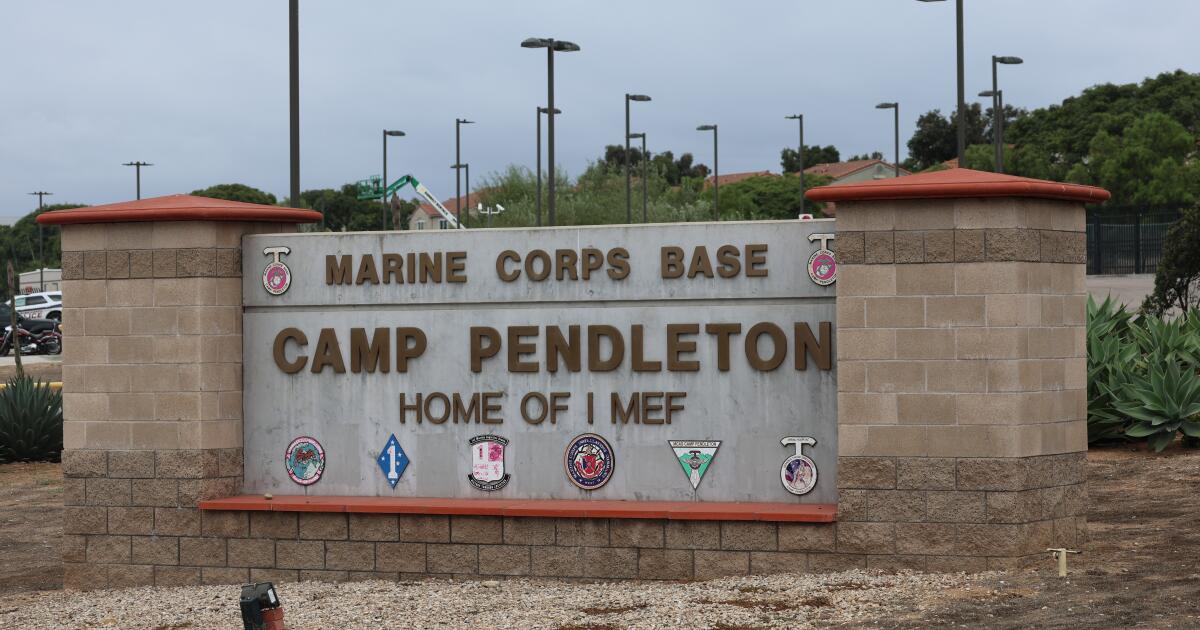URGENT UPDATE: The U.S. Department of Defense is considering a controversial proposal to develop a portion of Camp Pendleton, California’s largest military base, which could significantly fund President Trump’s ambitious Golden Dome missile defense project. This unprecedented move comes after 83 years of the base remaining largely undeveloped, raising concerns and excitement among local communities.
Secretary of the Navy John Phelan recently conducted a survey to identify areas of the 125,000-acre base that could be leased for commercial use. Specific details about the designated sites remain unclear, but the implications are substantial. Development on the coastal base could yield lucrative revenue for the federal government, aligning with the Trump administration’s strategy to monetize public lands as federal budgets are scrutinized.
The urgency of this development is underscored by the administration’s recent push to utilize federal lands, despite previous backlash against plans to sell off 600,000 to 1.2 million acres of public land across the Western U.S. Earlier this summer, a bipartisan coalition blocked this initiative, but the administration continues to pursue opportunities it considers valuable assets.
Local leaders in Oceanside, which has a long-standing relationship with Camp Pendleton, express concern over how changes might affect their community. “We have neighborhoods that are literally right up the gate, who are very impacted when there are changes in traffic or other developments there,” said Oceanside Deputy Mayor Eric Joyce. The ongoing relationship between service members and local businesses is crucial, as many families frequently shop and dine off-base, contributing to the city’s economy.
The potential funding from development at Camp Pendleton could specifically bolster the Golden Dome project, which aims to create a missile defense shield modeled after Israel’s Iron Dome. Initial funding of approximately $25 million has already been allocated, with estimates suggesting the total project could cost up to $175 billion. This ambitious defense initiative could integrate existing military technologies alongside future advancements yet to be realized.
Environmentalists remain wary, as Camp Pendleton is home to endangered species, including the tidewater goby and Southern California steelhead. Previous development attempts on the base have faced significant public opposition. Notably, in the 1990s, a proposal to build housing for military families near Trestles Beach was rejected by the California Coastal Commission.
As the Department of Defense weighs its options, the timeline for these developments remains unclear. Community stakeholders and environmental groups are expected to ramp up efforts to influence the decision-making process. For now, the fate of Camp Pendleton hangs in the balance, with potential repercussions for both military operations and local economies.
Stay tuned for updates as this story develops. The impact of these decisions could reshape not only military strategy but also the landscape of California’s coastline for generations to come.
